When studying Italian, one of the important things you can do in order to make your sentences more descriptive is to learn your Italian colors.
After all, if your basic vocabulary fails you, knowing how to tell someone the color of the bus you need to take or the dress you wish to buy can be an absolute lifesaver!
Fortunately, we’re here with a handy list of Italian color names, along with audio files to help you pick up the correct pronunciation. Let’s begin!

How to say “color” and “colors” in Italian
The word in Italian for “color” is colore with an e on the end. In order to make this word plural, you need to change the e to an i (colors = colori). Click on the audio file below to hear the pronunciation of both words!

List of Italian colors with pronunciation
Nero / Black
The word for the color black in Italian is nero. It functions as both a masculine noun and an adjective to describe things with a black appearance. When used as an adjective, the ending changes to match the gender / plurality of the subject it describes.
- il gatto nero = the black cat (masculine, singular)
- la sedia nera = the black chair (feminine, singular)
- i gatti neri = the black cats (masculine, plural)
- le sedie nere = the black chairs (feminine, plural)

Bianco / White
The word for the color white in Italian is bianco. It functions as both a masculine noun and an adjective to describe things with a white appearance. When used as an adjective, the ending changes to match the gender / plurality of the subject it describes.
- il pupazzo di neve bianco = the white snowman (masculine, singular)
- la nuvola bianca = the white cloud (feminine, singular)
- i pupazzi di neve bianchi = the white snowmen (masculine, plural)
- le nuvole bianche = the white clouds (feminine, plural)

Giallo / Yellow
The word for the color yellow in Italian is giallo. It functions as both a masculine noun and an adjective to describe things with a yellow appearance. When used as an adjective, the ending changes to match the gender / plurality of the subject it describes.
- il limone giallo = the yellow lemon (masculine, singular)
- la banana gialla = the yellow banana (feminine, singular)
- i limoni gialli = the yellow lemons (masculine, plural)
- le banane gialle = the yellow bananas (feminine, plural)

Rosso / Red
The word for the color red in Italian is rosso. It functions as both a masculine noun and an adjective to describe things with a red appearance. When used as an adjective, the ending changes to match the gender / plurality of the subject it describes.
- il lampone rosso = the red raspberry (masculine, singular)
- la mela rossa = the red apple (feminine, singular)
- i lamponi rossi = the red raspberries (masculine, plural)
- le mele rosse = the red apples (feminine, plural)
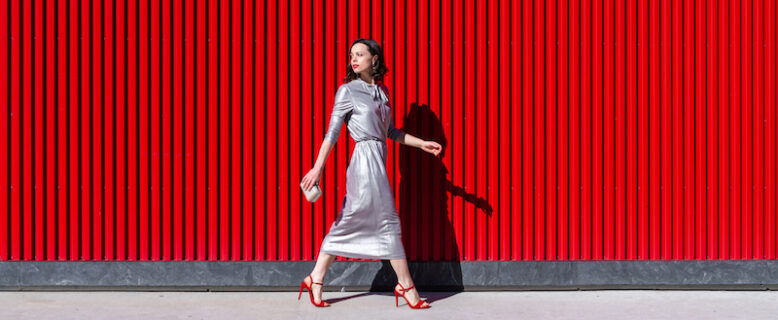
Verde / Green
The word for the color green in Italian is verde. It functions as both a masculine noun and an adjective to describe things with a green appearance. When used as an adjective, the ending changes from e to i if the subject it describes is plural.
- l’albero verde = the green tree (masculine, singular)
- la foglia verde = the green leaf (feminine, singular)
- gli alberi verdi = the green trees (masculine, plural)
- le foglie verdi = the green leaves (feminine, plural)

Blu / Blue
The word for the color blue in Italian translate as blu. It functions as both a masculine noun and an invariable adjective to describe things with a blue appearance.
- il pastello blu = the blue crayon (masculine, singular)
- la macchina blu = the blue car (feminine, singular)
- i pastelli blu = the blue crayons (masculine, plural)
- le macchine blu = the blue cars (feminine, plural)

Celeste / Pale blue
The word for the color celeste (or pale blue) in Italian is celeste. It functions as both a masculine noun and an adjective to describe things with a pale blue appearance. When used as an adjective, the ending changes from e to i if the subject it describes is plural.
- l’ombrello celeste = the pale blue umbrella (masculine, singular)
- la scarpa celeste = the pale blue shoe (feminine, singular)
- gli ombrelli celesti = the pale blue umbrellas (masculine, plural)
- le scarpe celesti = the pale blue shoes (feminine, plural)

Azzurro / Azure
The word for the color azure (or light blue) in Italian is azzurro. It functions as both a masculine noun and an adjective to describe things with an azure appearance. When used as an adjective, the ending changes to match the gender / plurality of the subject it describes.
- il mare azzurro = the azure sea (masculine, singular)
- la maglietta azzurra = the azure shirt (feminine, singular)
- i mari azzurri = the azure seas (masculine, plural)
- le magliette azzurre = the azure shirts (feminine, plural)
Note: The colour azzurro is used far more frequently in Italian than in English. Scroll to the end of the article to find out why!

Rosa / Pink
The word for the color pink in Italian translate as rosa. It functions as both a masculine noun and an invariable adjective to describe things with a pink appearance.
- il fiore rosa = the pink flower (masculine, singular)
- la gonna rosa = the pink skirt (feminine, singular)
- i fiori rosa = the pink flowers (masculine, plural)
- le gonne rosa = the pink skirts (feminine, plural)
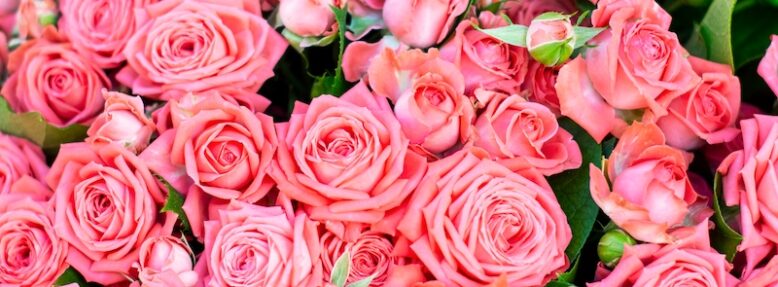
Viola / Purple
The word for the color purple (and violet) in Italian is viola. It functions as both a masculine noun and an invariable adjective to describe things with a purple appearance.
- il pennarello viola = the purple marker (masculine, singular)
- la coperta viola = the purple blanket (feminine, singular)
- i pennarelli viola = the purple markers (masculine, plural)
- le coperte viola = the purple blankets (feminine, plural)

Indaco / Indigo
The word for the color indigo in Italian is indaco. It functions as both a masculine noun and an invariable adjective to describe things with an indigo appearance.
- lo zaino indaco = the indigo backpack (masculine, singular)
- la giacca indaco = the indigo jacket (feminine, singular)
- gli zaini indaco = the indigo backpacks (masculine, plural)
- le giacche indaco = the indigo jackets (feminine, plural)

Arancione / Orange
The word for the color orange in Italian is arancione. It functions as both a masculine noun and an adjective to describe things with an orange appearance. When used as an adjective, the ending changes from e to i if the subject it describes is plural.
- il vestito arancione = the orange dress (masculine, singular)
- la casa arancione = the orange house (feminine, singular)
- i vestiti arancioni = the orange dresses (masculine, plural)
- le case arancioni = the orange houses (feminine, plural)
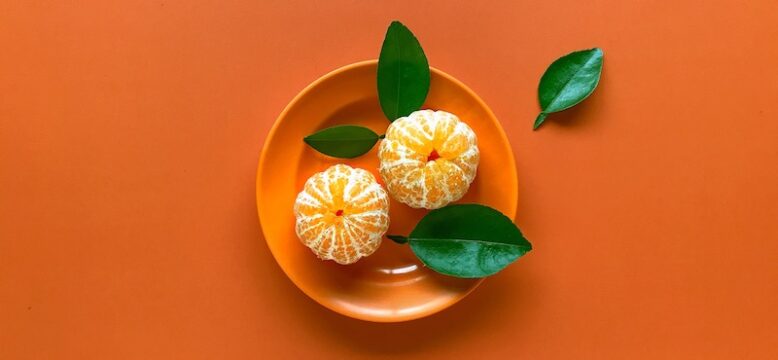
Marrone / Brown
The word for the color brown in Italian is marrone. It functions as both a masculine noun and an adjective to describe things with a brown appearance. When used as an adjective, the ending changes from e to i if the subject it describes is plural.
- il cavallo marrone = the brown horse (masculine, singular)
- la sciarpa marrone = the brown scarf (feminine, singular)
- i cavalli marroni = the brown horses (masculine, plural)
- le sciarpe marroni = the brown scarves (feminine, plural)

Grigio / Grey
The word for the color grey in Italian is grigio. It functions as both a masculine noun and an adjective to describe things with a silver appearance. When used as an adjective, the ending changes to match the gender / plurality of the subject it describes.
- il sasso grigio = the grey stone (masculine, singular)
- la nuvola grigia = the grey cloud (feminine, singular)
- i sassi grigi = the grey stones (masculine, plural)
- le nuvole grigie = the grey clouds (feminine, plural)
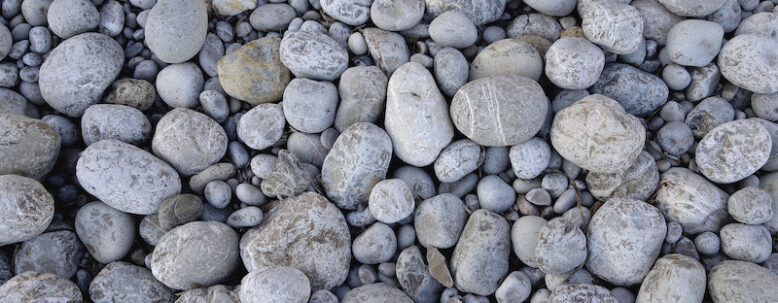
Argento / Silver
The word for the color silver in Italian is argento. It functions as both a masculine noun and an invariable adjective to describe things with a silver appearance.
- il tubo argento = the silvery tube (masculine, singular)
- la medaglia argento = the silvery medal (feminine, singular)
- i tubi argento = the silvery tube (masculine, plural)
- le medaglie argento = the silvery medals (feminine, plural)
Note that in many cases, Italians prefer to use the adjectives argentato or d’argento to describe silvery things. The former refers to things that look silvery, whereas the latter is for things made of silver. They may also go as far as to say color argento to describe the colour of an object.
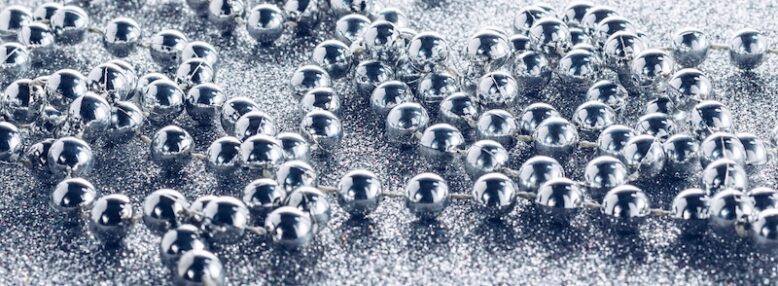
Oro / Gold
The word for the color gold in Italian is oro. It functions as both a masculine noun and an invariable adjective to describe things that appear golden.
- l’anello oro = the golden ring (masculine, singular)
- la borsa oro = the golden bag (feminine, singular)
- gli anelli oro = the golden rings (masculine, plural)
- le borse oro = the golden bags (feminine, plural)
Note that in many cases, Italians prefer to use the adjectives dorato or d’oro to describe golden things. The former refers to things with a golden appearance, whereas the latter is for things made of gold. They may also go as far as to say color oro to describe the colour of an object.

The colors of the rainbow in Italian
Rosso
Arancione
Giallo
Verde
Blu
Indaco
Viola
What are the colors of the Italian flag?
The Italian flag consists of three vertical stripes in the following order from left to right: green (verde), white (bianco) and red (rosso). Here is the history of the flag succinctly described by Britannica:
“The original green-red-white tricolour was presented to the National Guard of the Transpadane Republic (in Lombardy) on October 9, 1796. The colors were supposedly based on those found in the uniforms of the urban militia of Milan. The nearby Cispadane Republic chose the same colours in a horizontal layout—the first authentic Italian national flag, adopted on February 25, 1797. The Cisalpine Republic chose the vertical positioning on May 11, 1798, and thereafter that flag was considered by all Italian nationalists as the true flag of their homeland.“
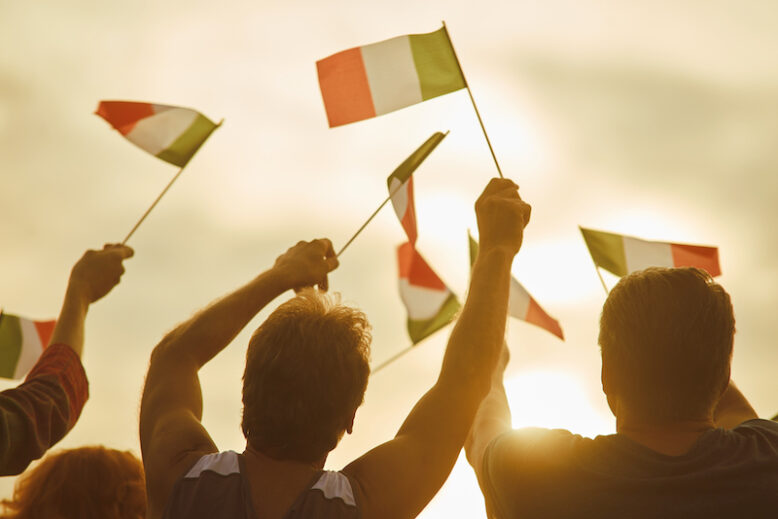
What are the Italian soccer team colors?
Italian sports teams, including the Italian national soccer team, play in blue shirts rather than the colors of their national flag because blue was the official colour of the Casa Savoia (Royal House of Savoy), which reigned over the Kingdom of Italy until the Italian Republic was established. These teams are known as gli Azzurri (the Azures or more simply, the Blues).

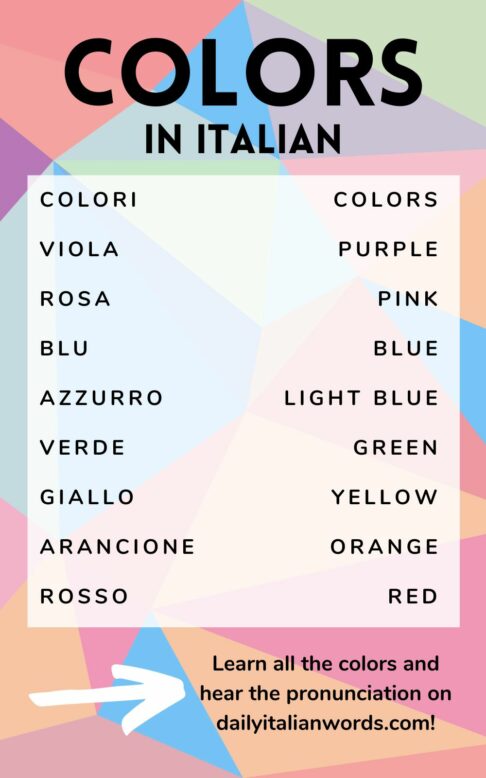

Heather Broster is a graduate with honours in linguistics from the University of Western Ontario. She is an aspiring polyglot, proficient in English and Italian, as well as Japanese, Welsh, and French to varying degrees of fluency. Originally from Toronto, Heather has resided in various countries, notably Italy for a period of six years. Her primary focus lies in the fields of language acquisition, education, and bilingual instruction.


